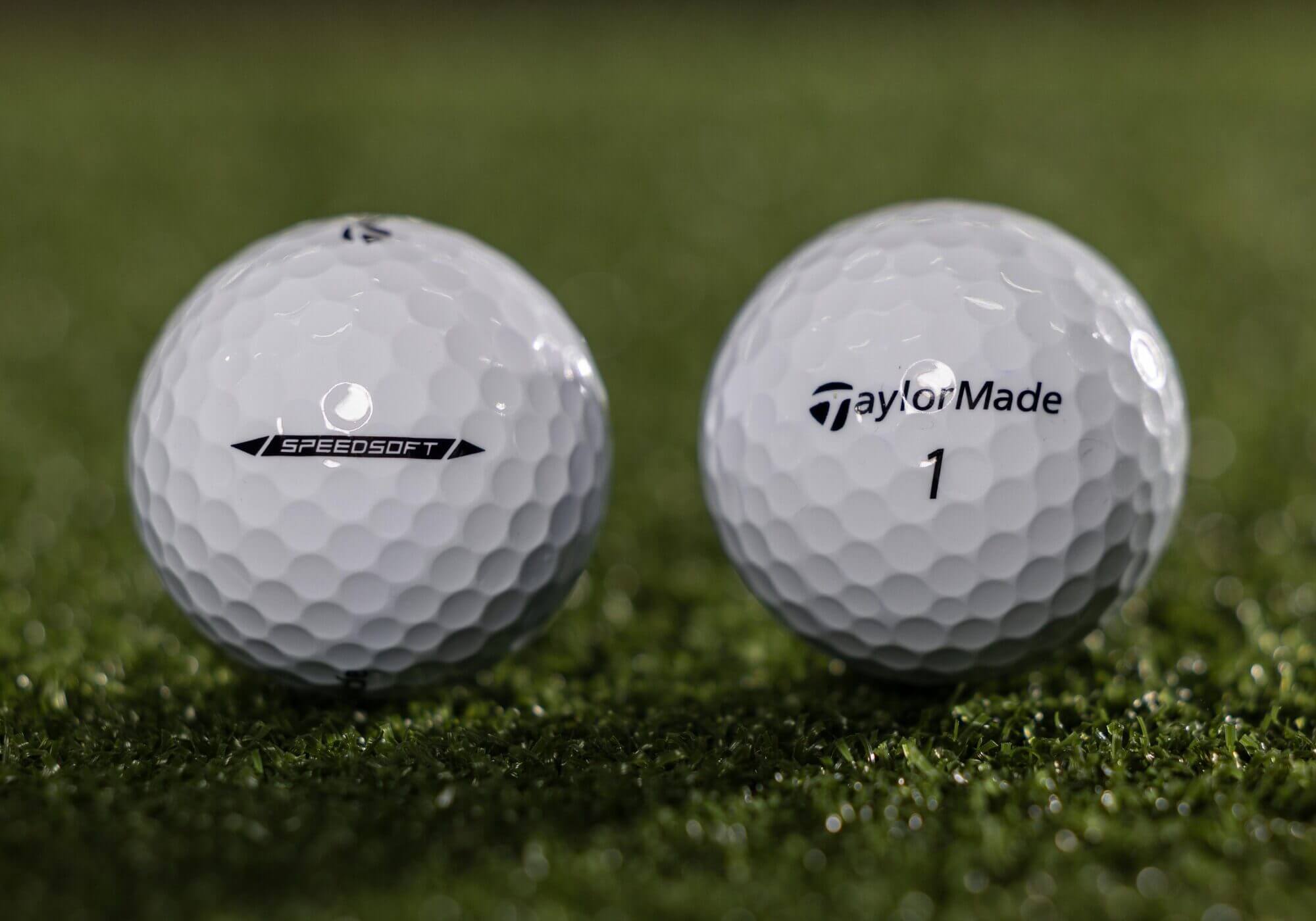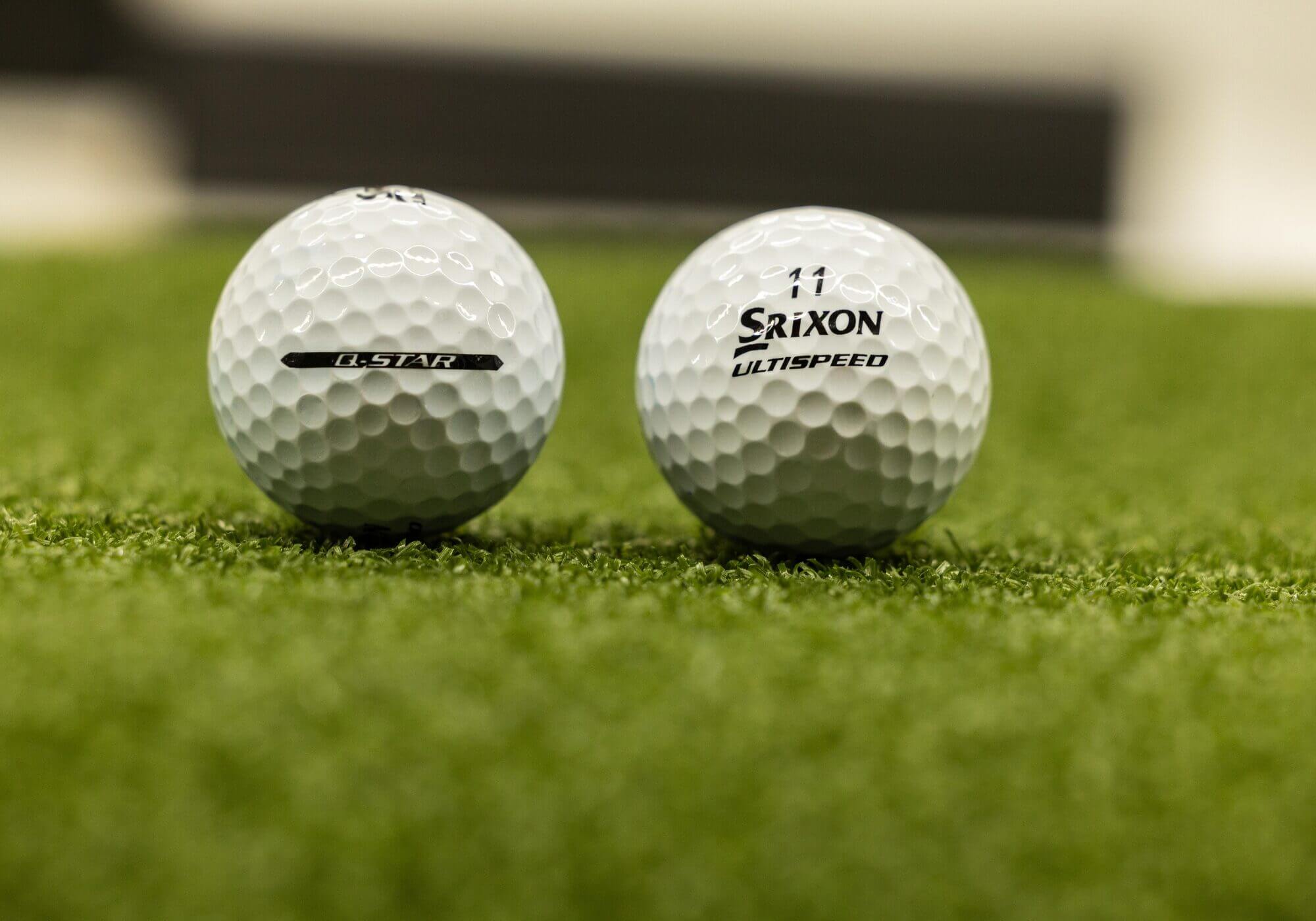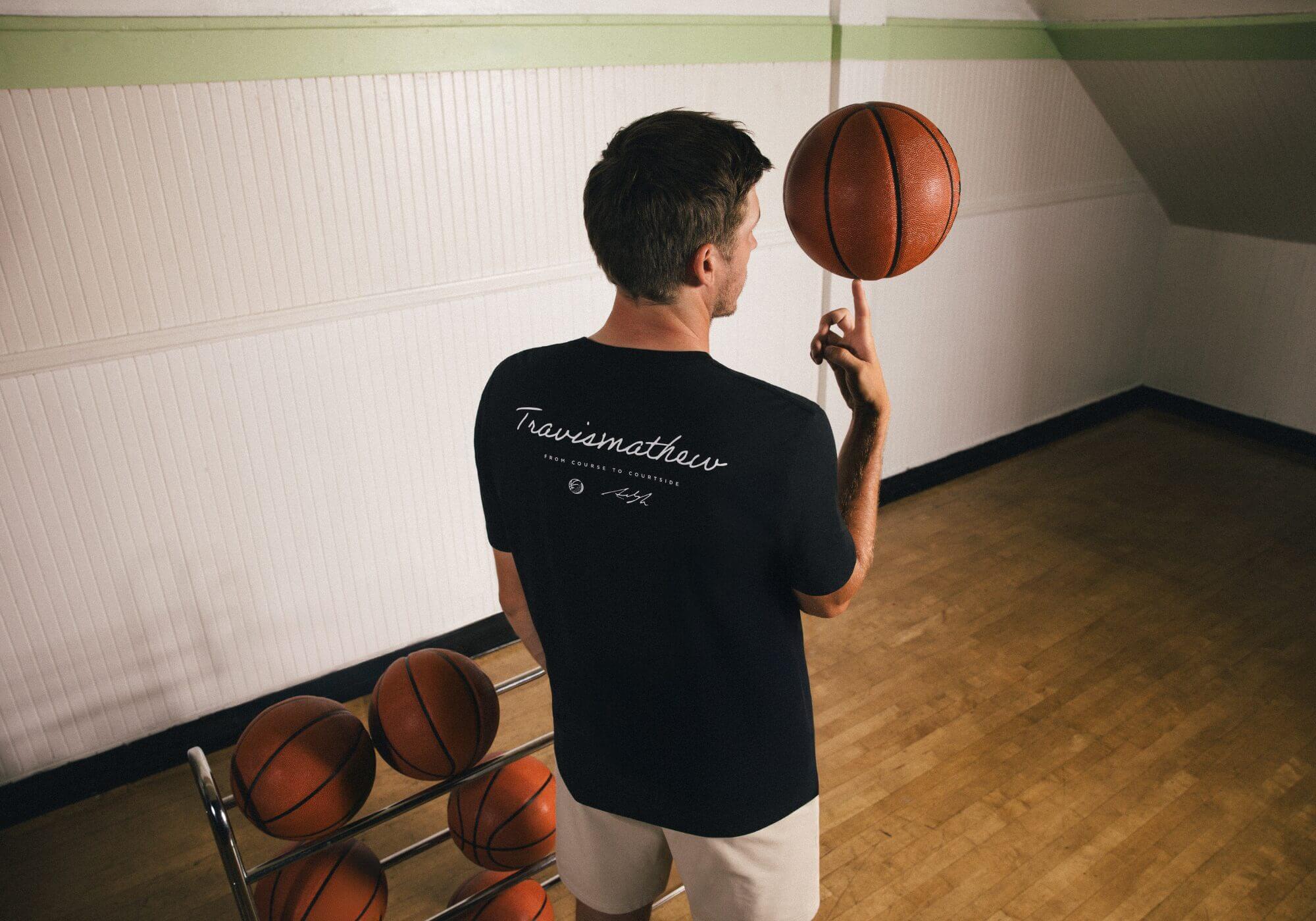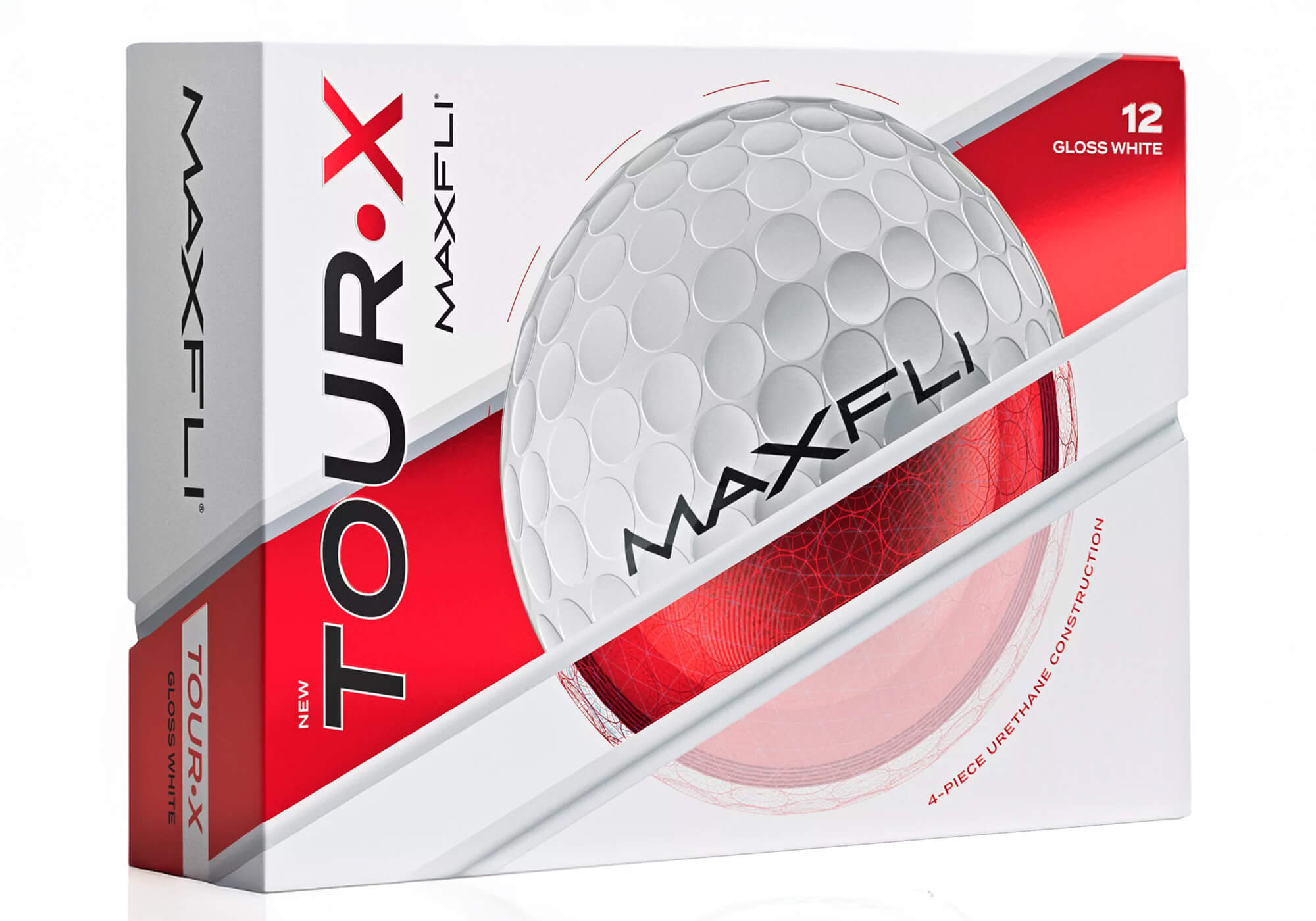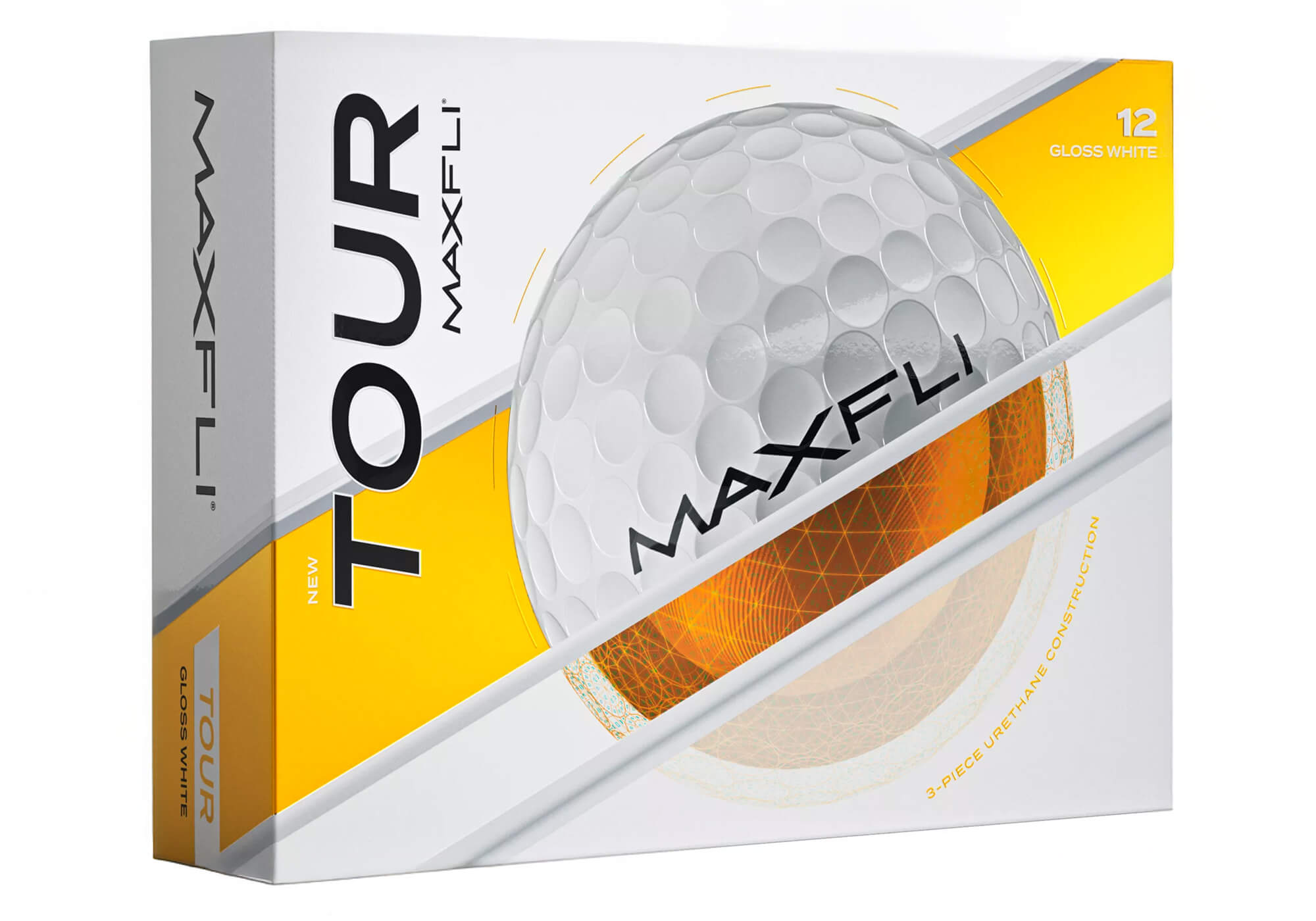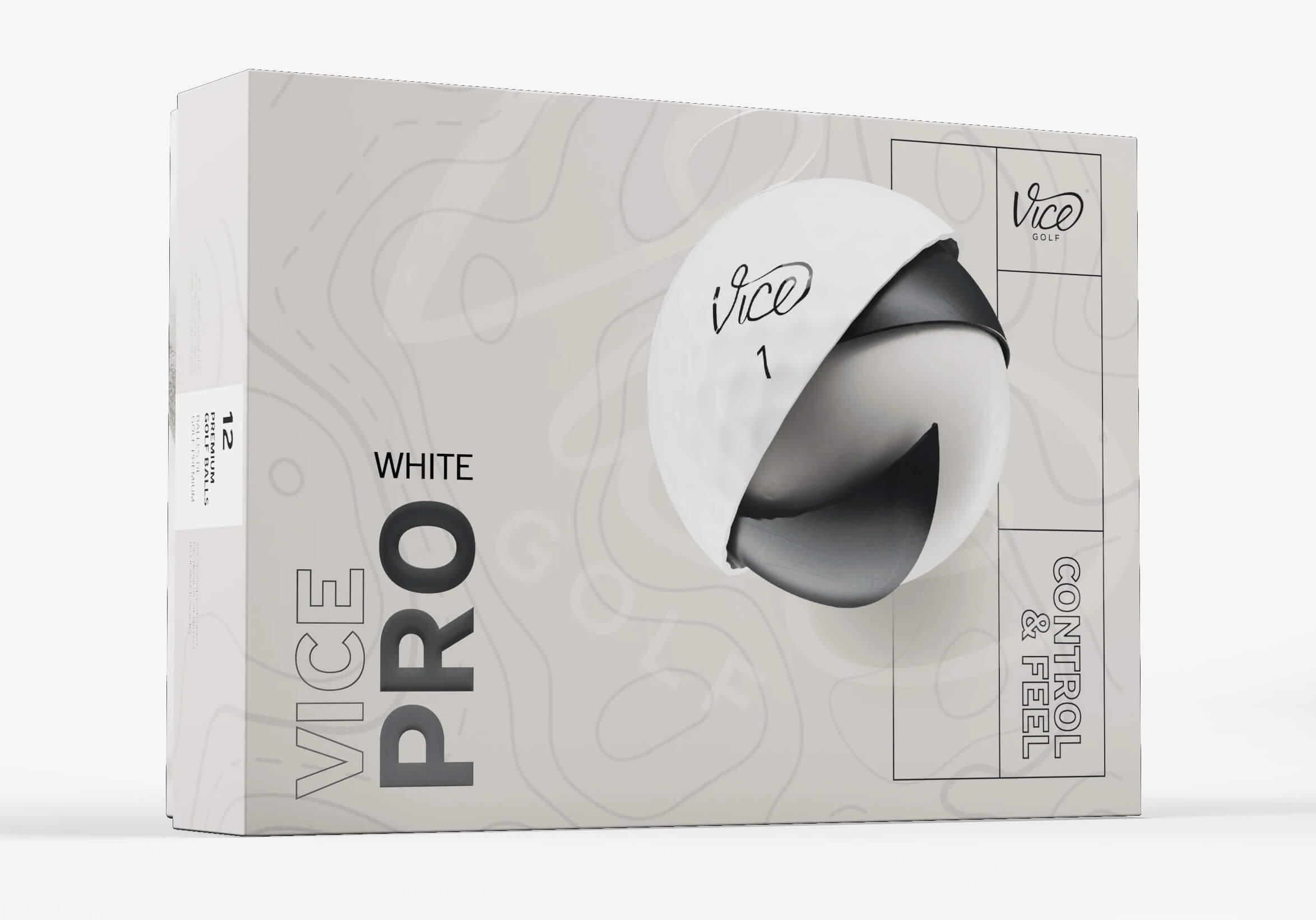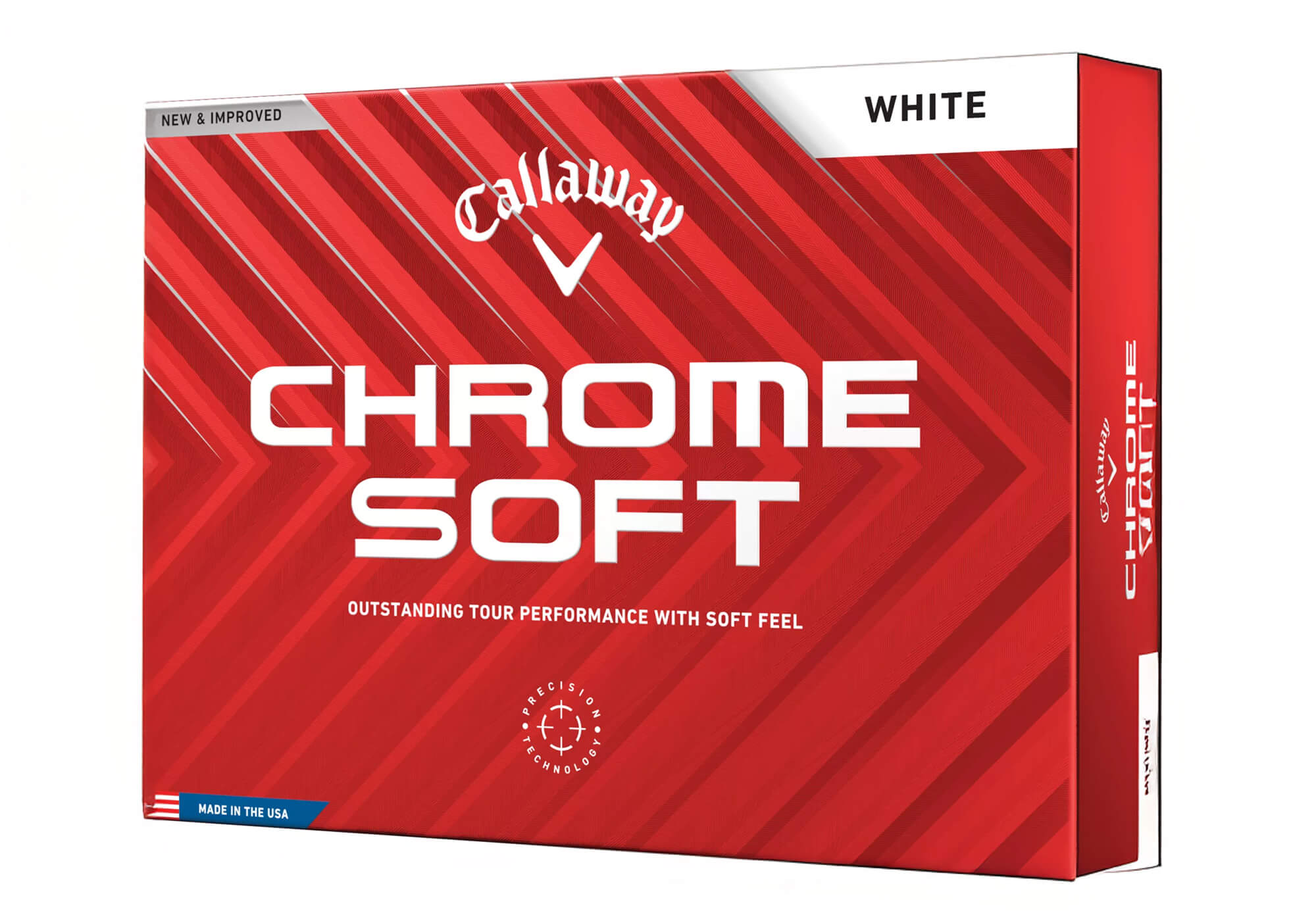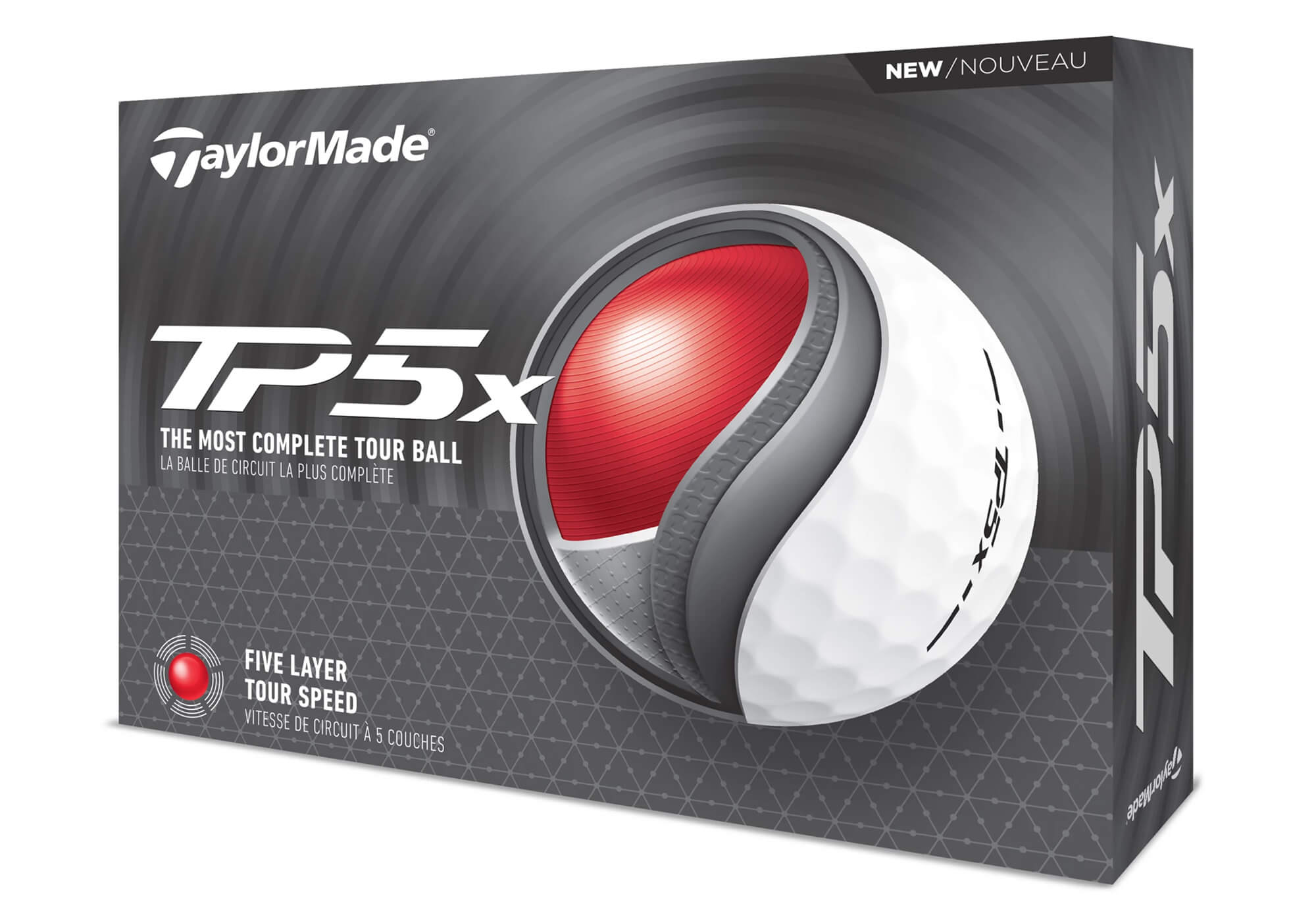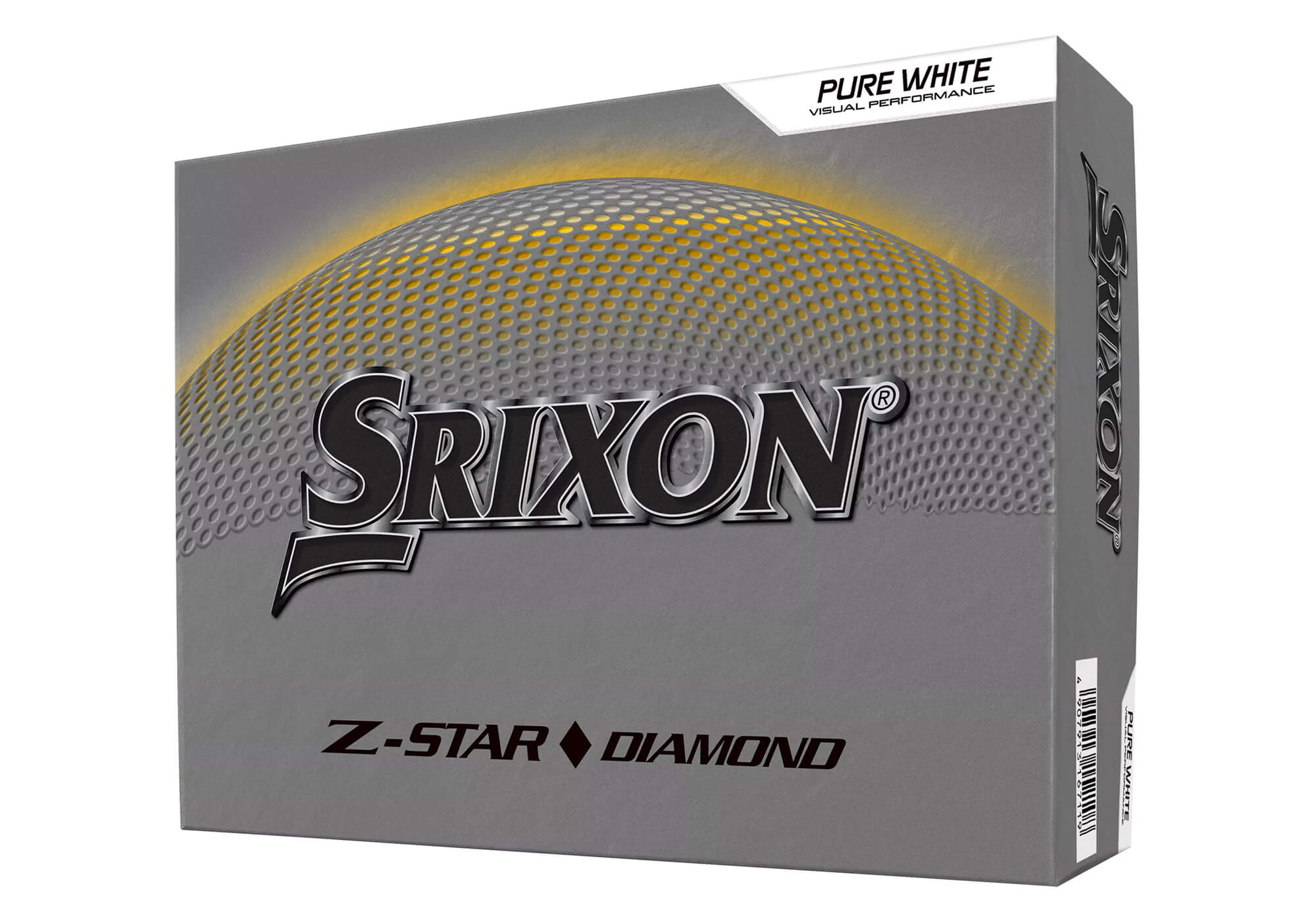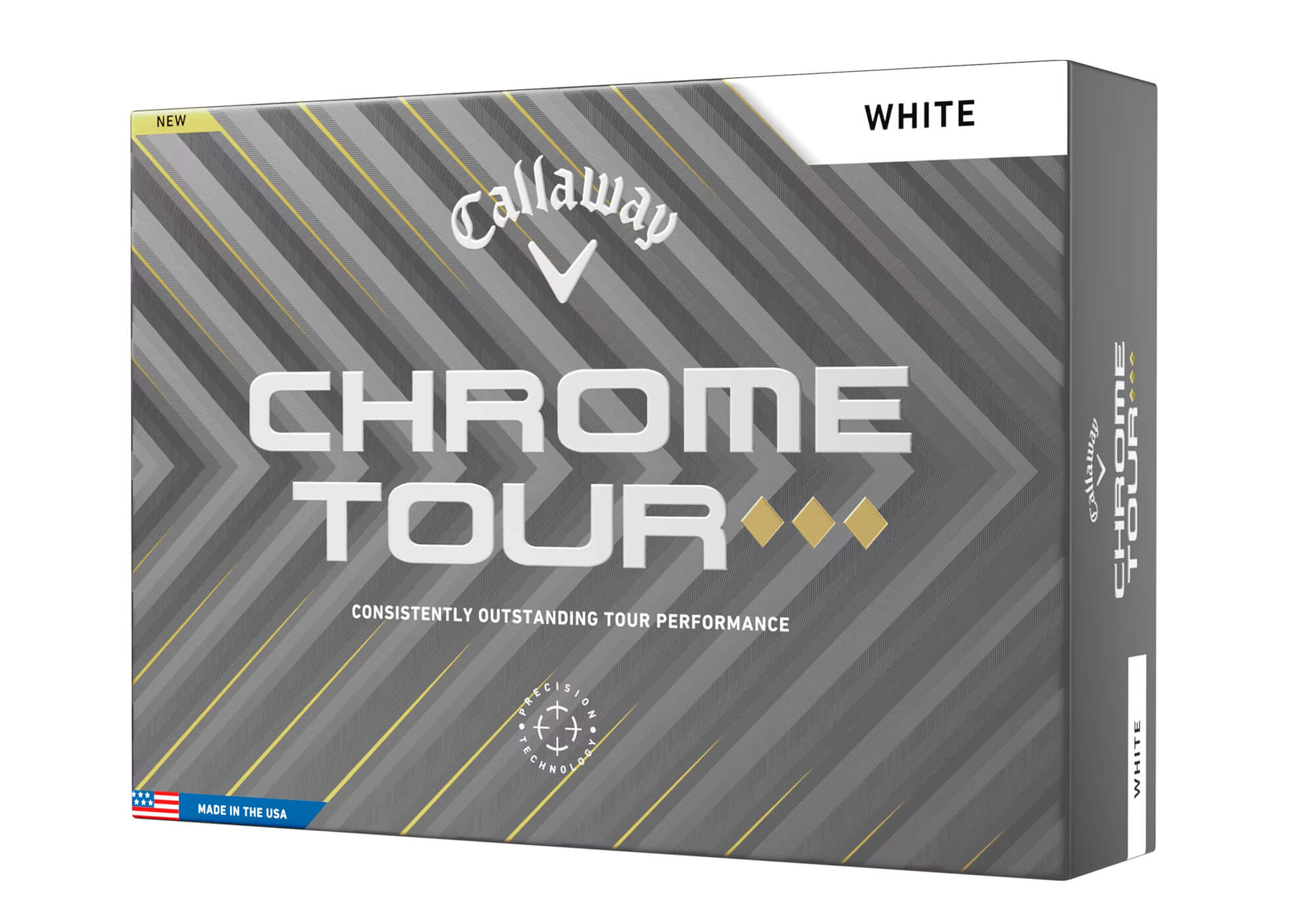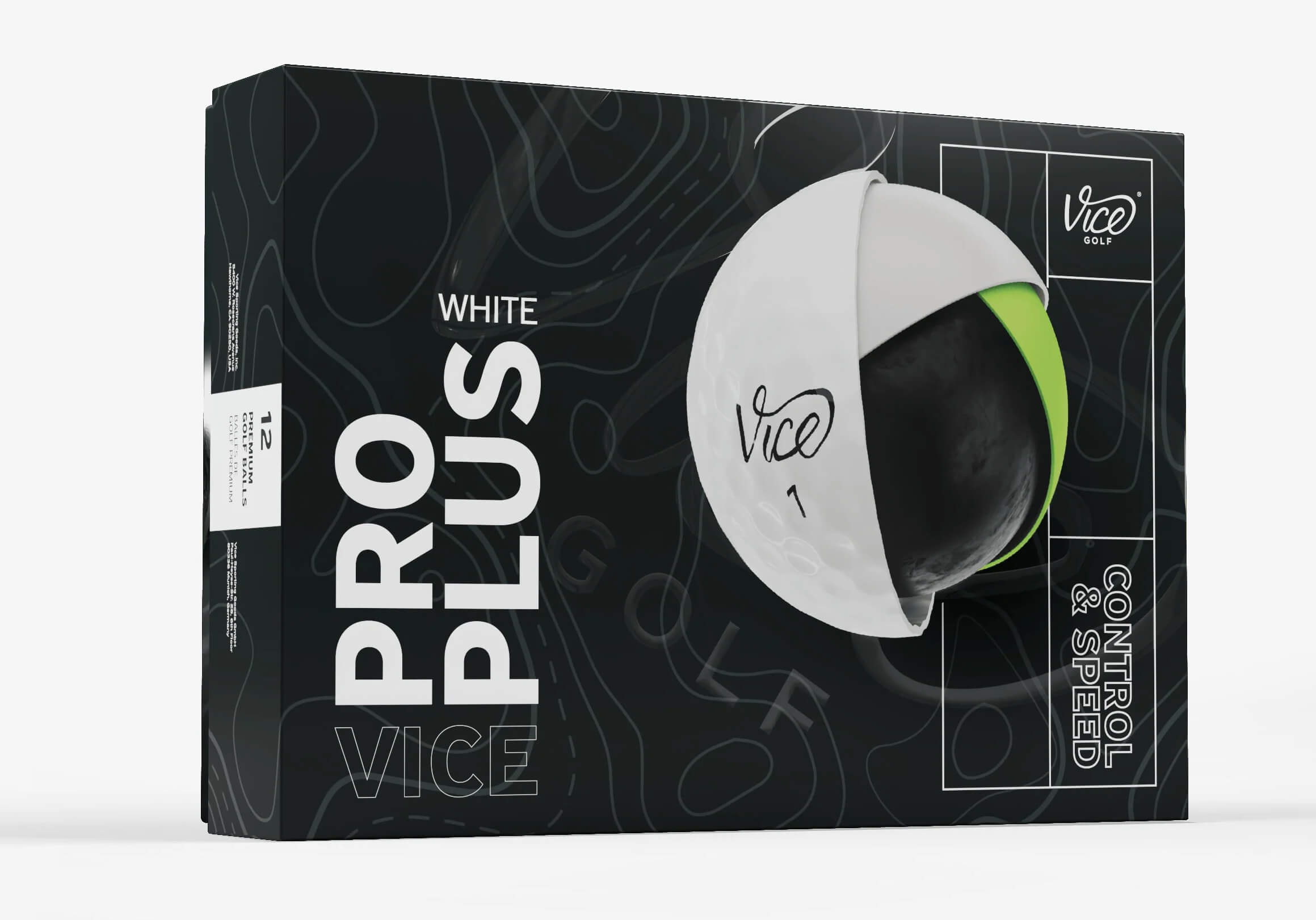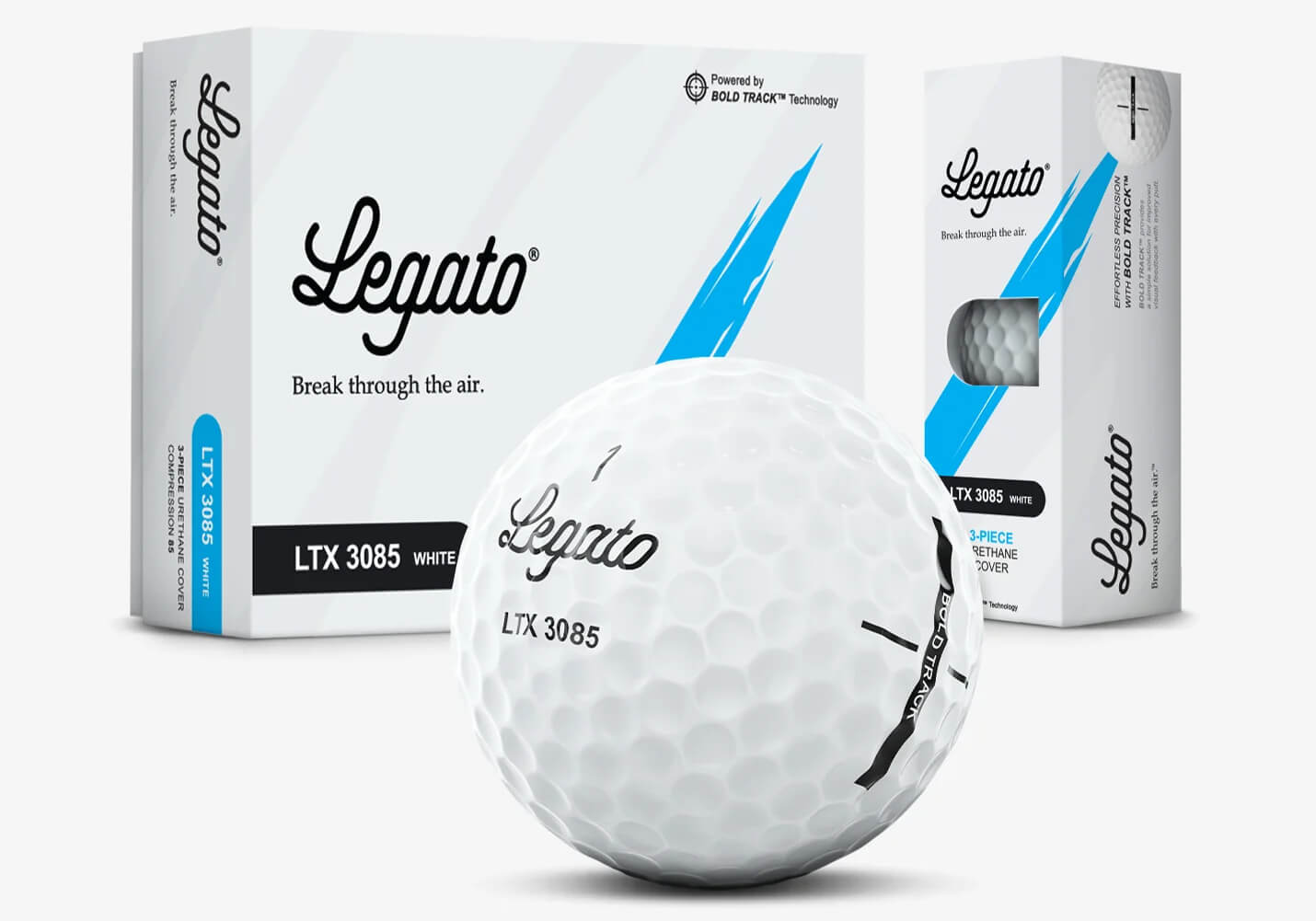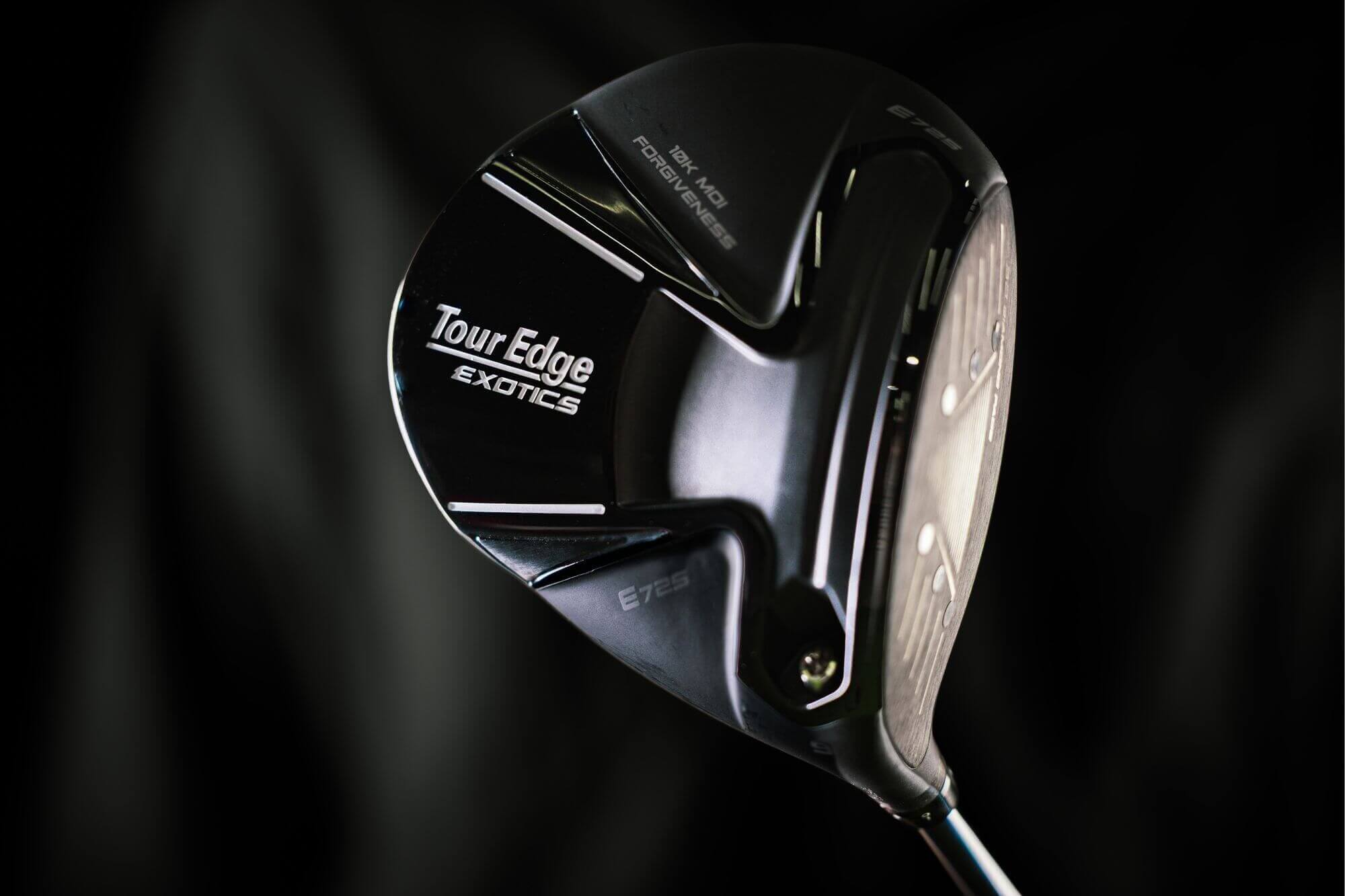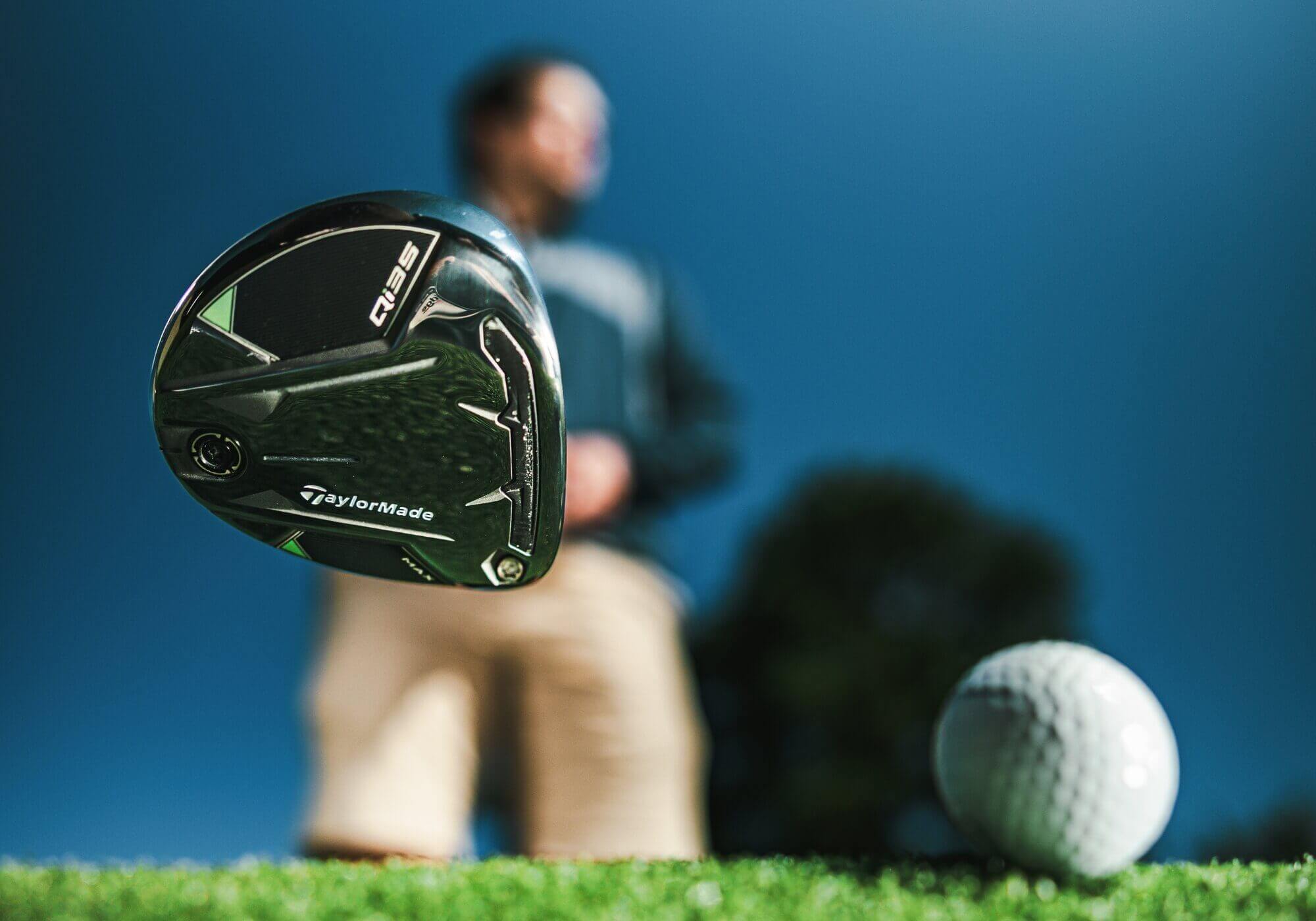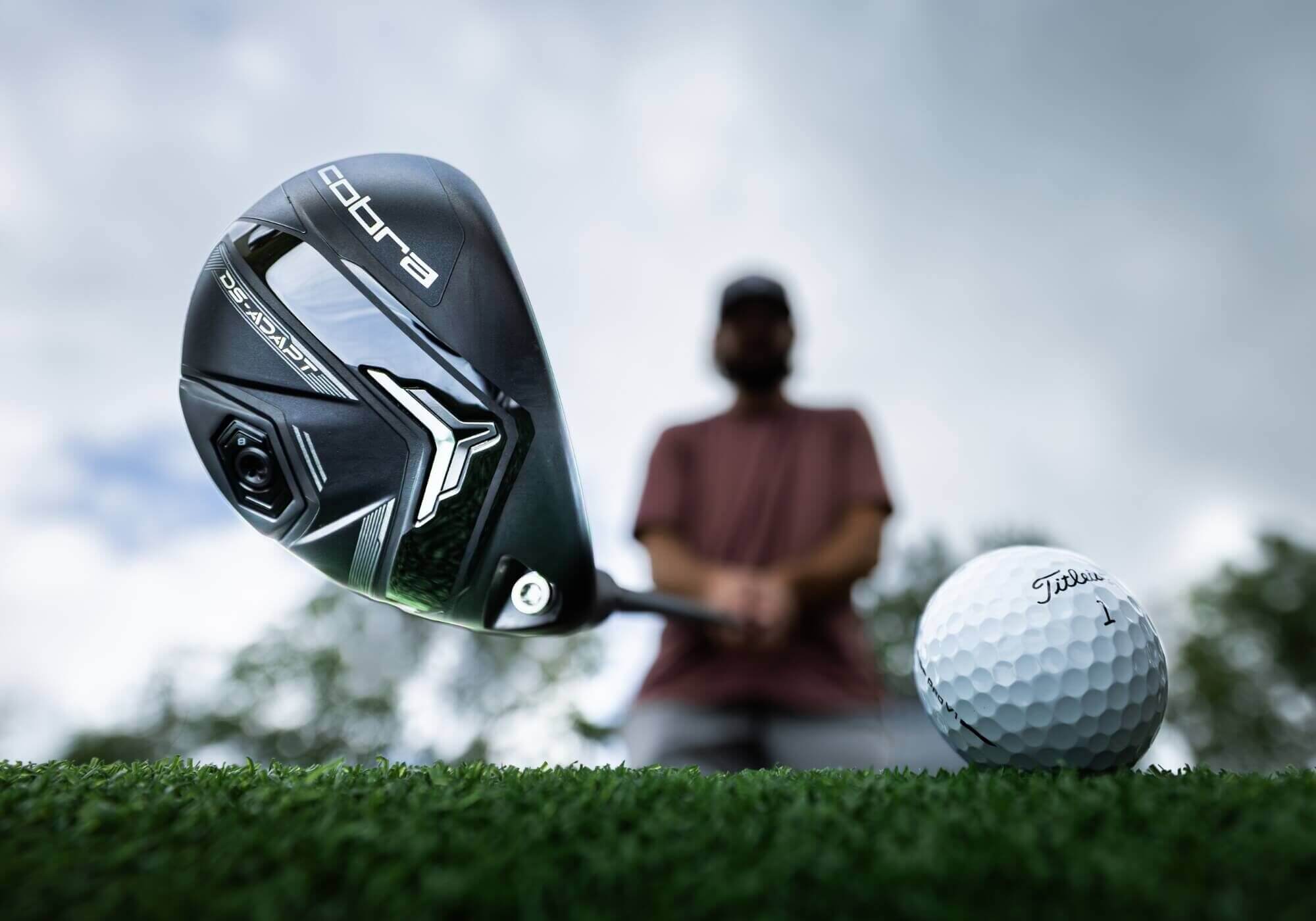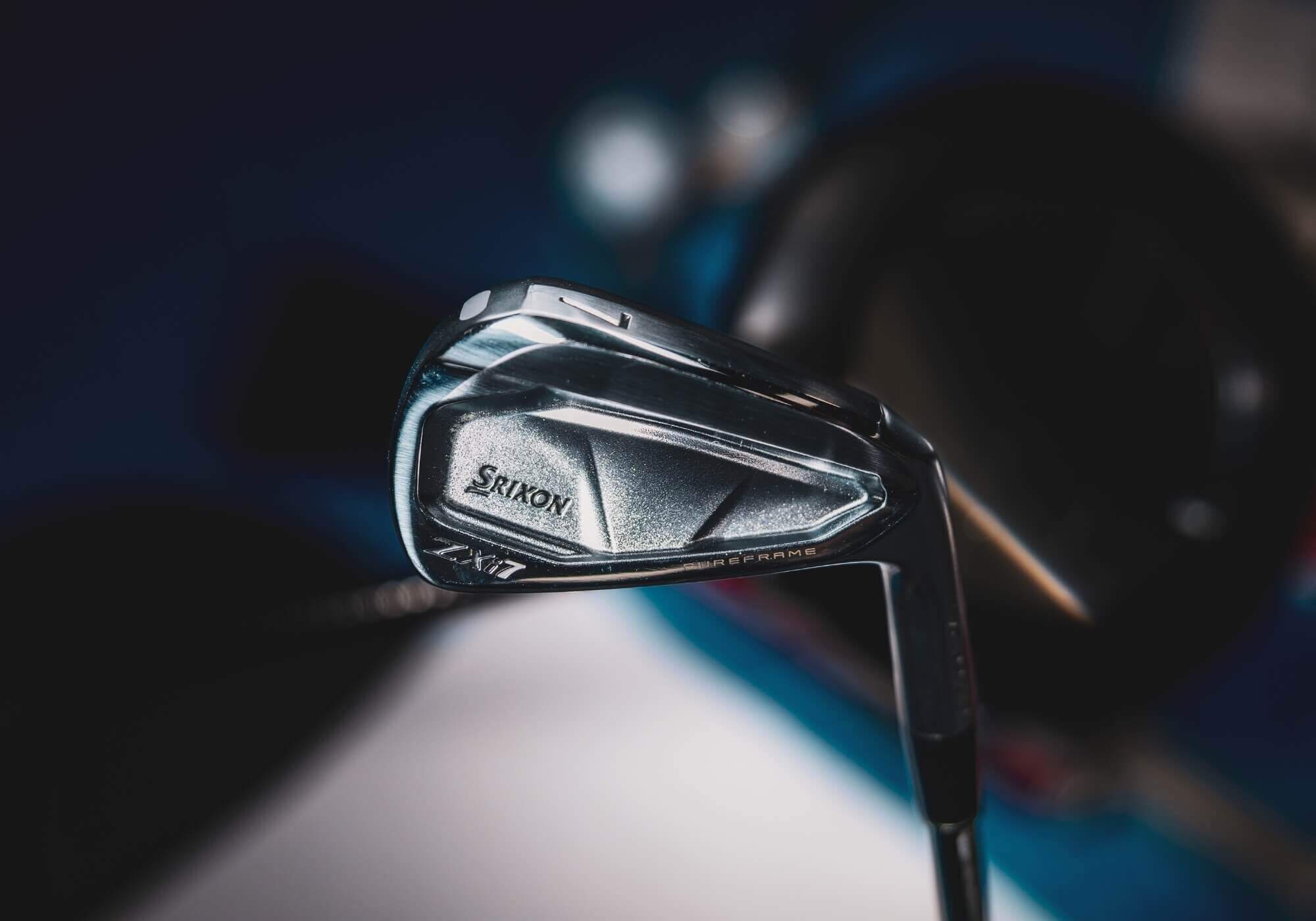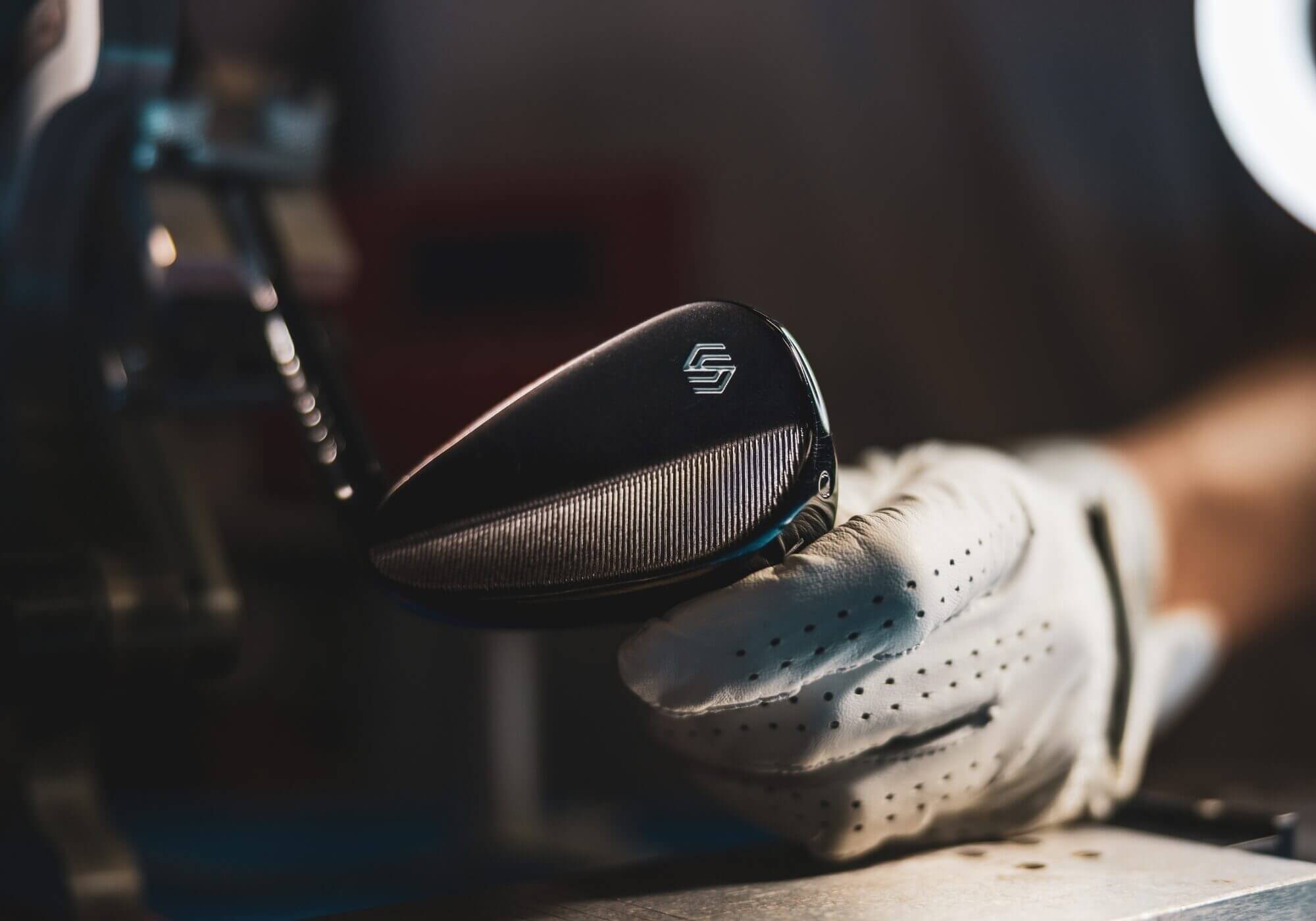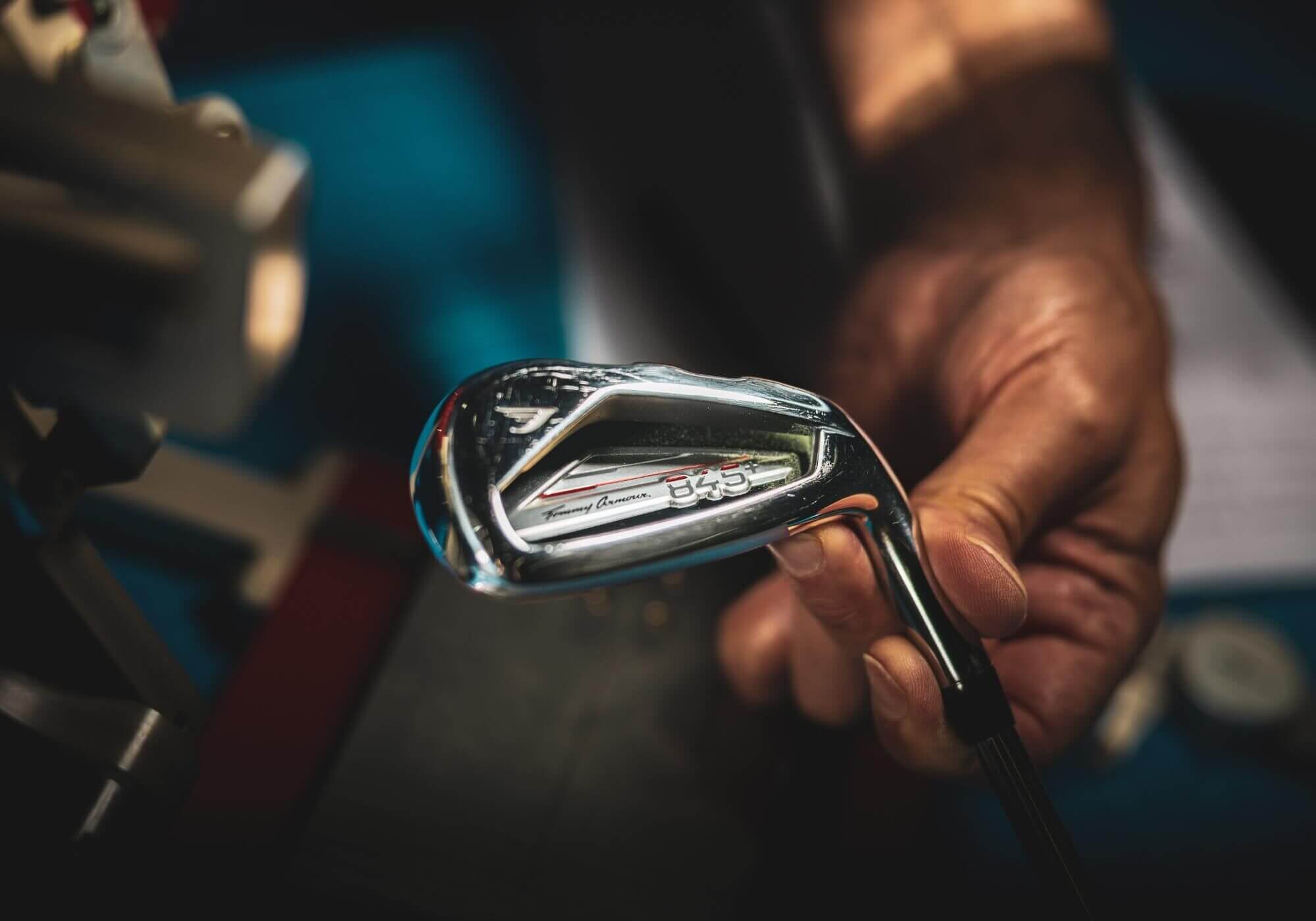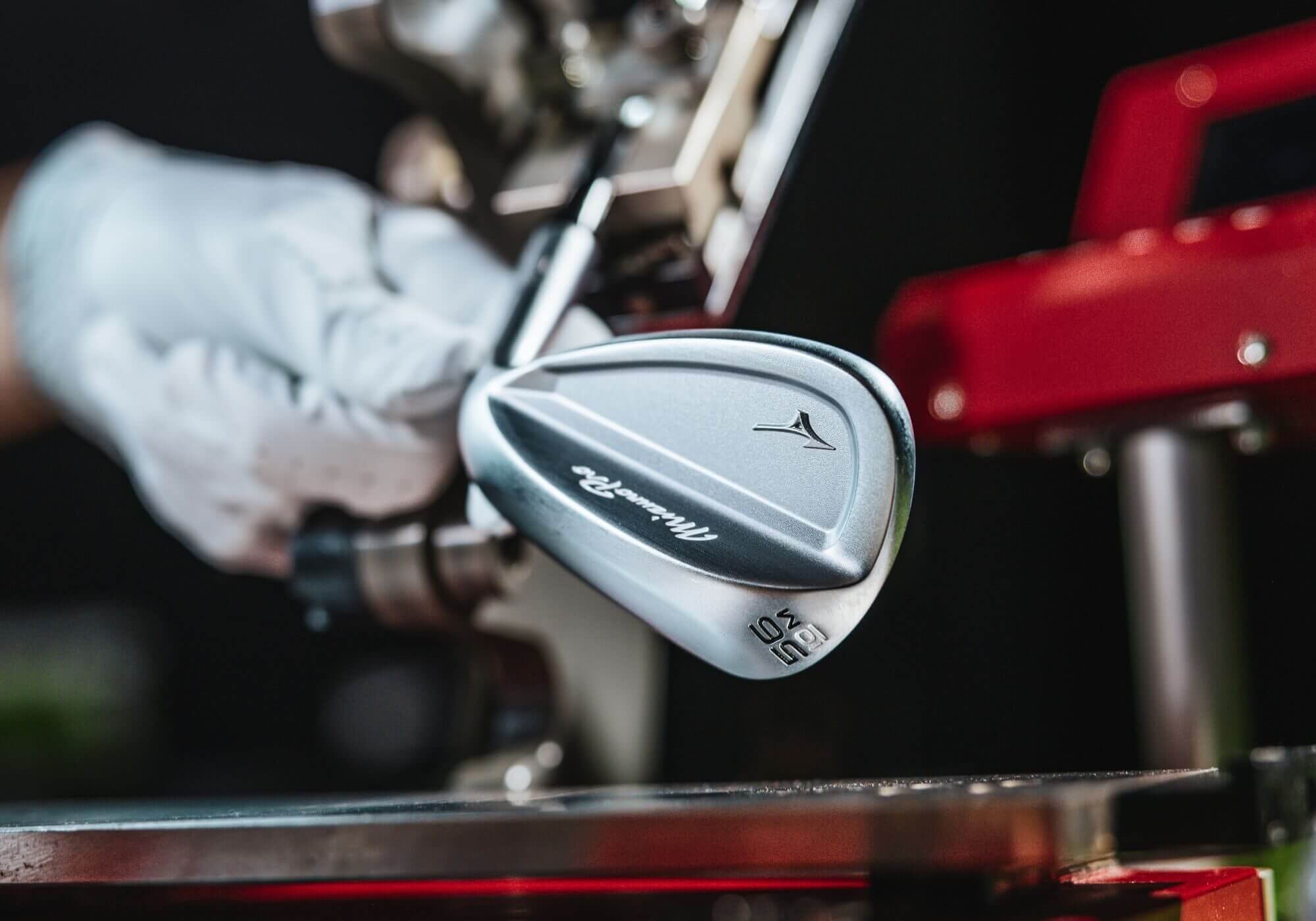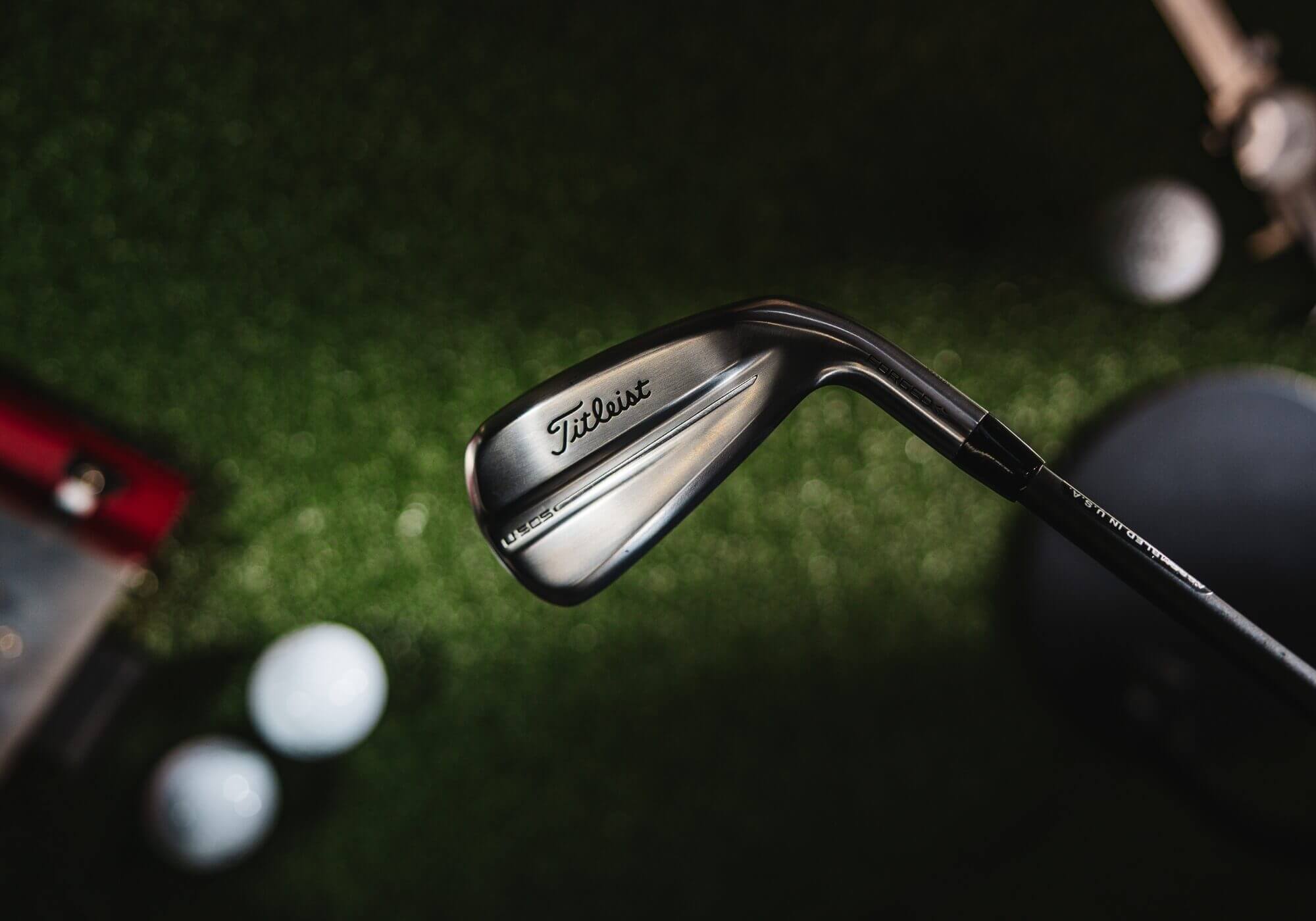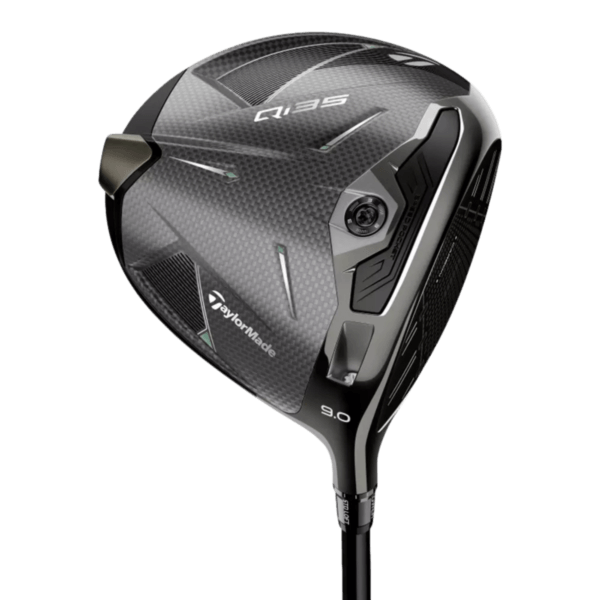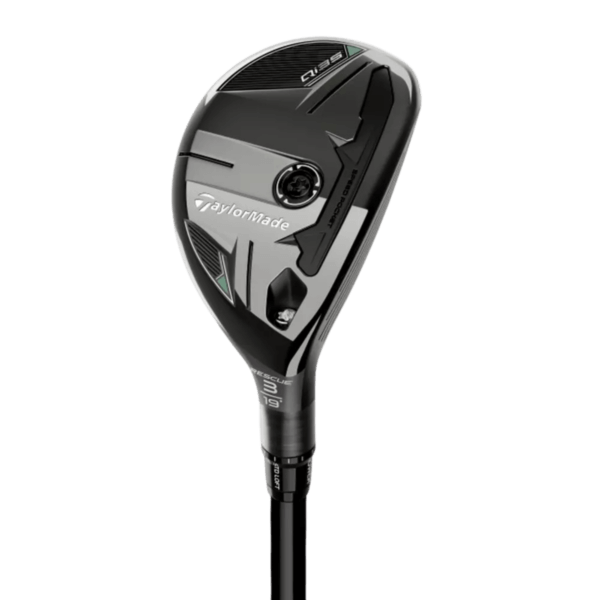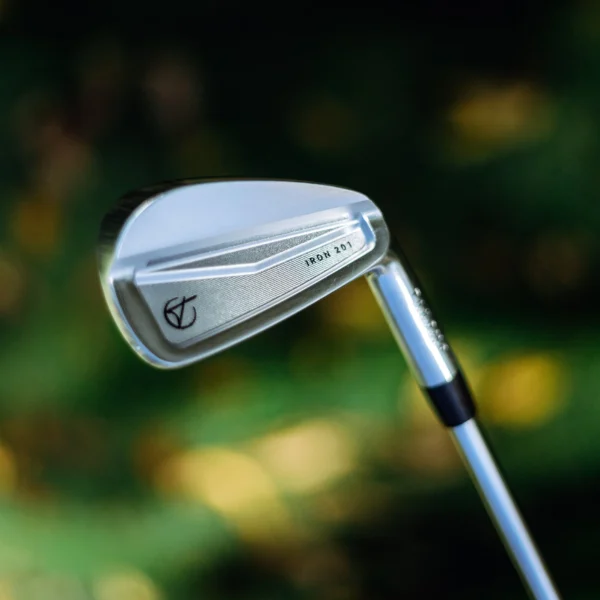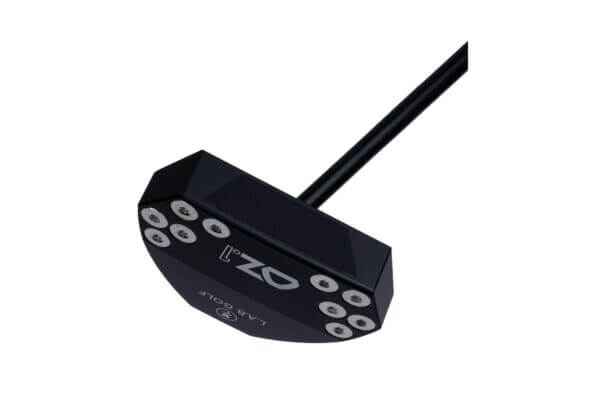If your wedge shots refuse to check up, it might not be your technique. It could be your golf ball.
In MyGolfSpy’s 2025 Golf Ball Test, the biggest differences weren’t off the driver. They were on the shortest shots. At just 35 yards, spin rates varied by nearly 4,000 rpm from top to bottom, proving that cover material and construction have a massive impact on control.
Two quick truths
Ionomer covers cost you spin. Most budget balls with Surlyn or ionomer covers lost 1,500–3,000 rpm of greenside spin compared to urethane.Soft feel isn’t the same as high spin. Low-compression balls often launch higher and slip off the clubface instead of grabbing the grooves.
For context, the highest-spinning ball, the TaylorMade TP5, averaged 6,026 rpm on the 35-yard wedge test. The five balls below were nowhere close.
Titleist Velocity – 2,058 rpm
Velocity is built to fly far, not to stop fast. Its firm ionomer cover produces the lowest greenside spin in the entire test, barely a third of the top model. On chip and pitch shots, it launches high and releases quickly, making it one of the toughest balls to control on firm greens.
Try instead:
Titleist Pro V1x — Higher flight with true wedge spin and a firmer urethane feel.Maxfli Tour X — Value urethane that keeps driver distance high while adding short-game grip.
TaylorMade SpeedSoft – 3,176 rpm
SpeedSoft lives up to its name off the tee but the ultra-low compression dampens groove friction on partial swings. The result is a ball that launches easily yet rolls out far more than most golfers expect. It may have a softer feel but it lacks the stopping power needed for scoring shots.
